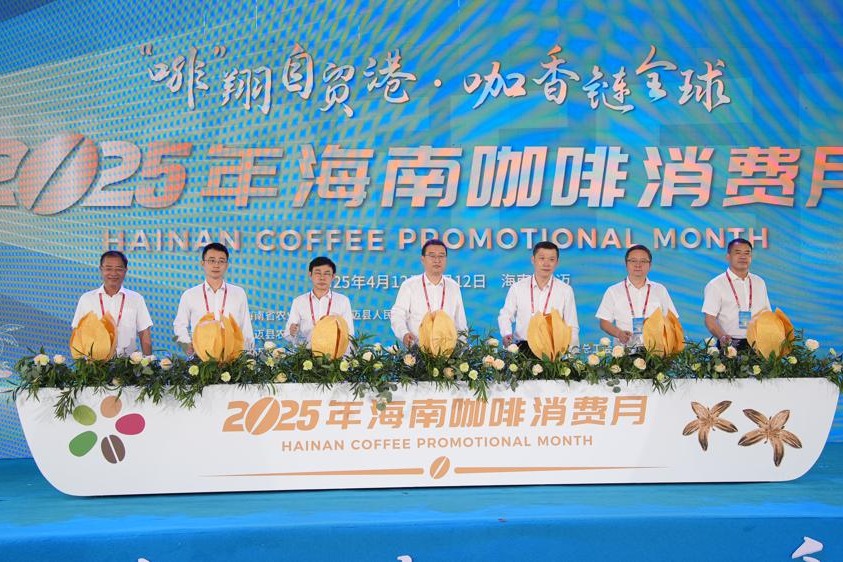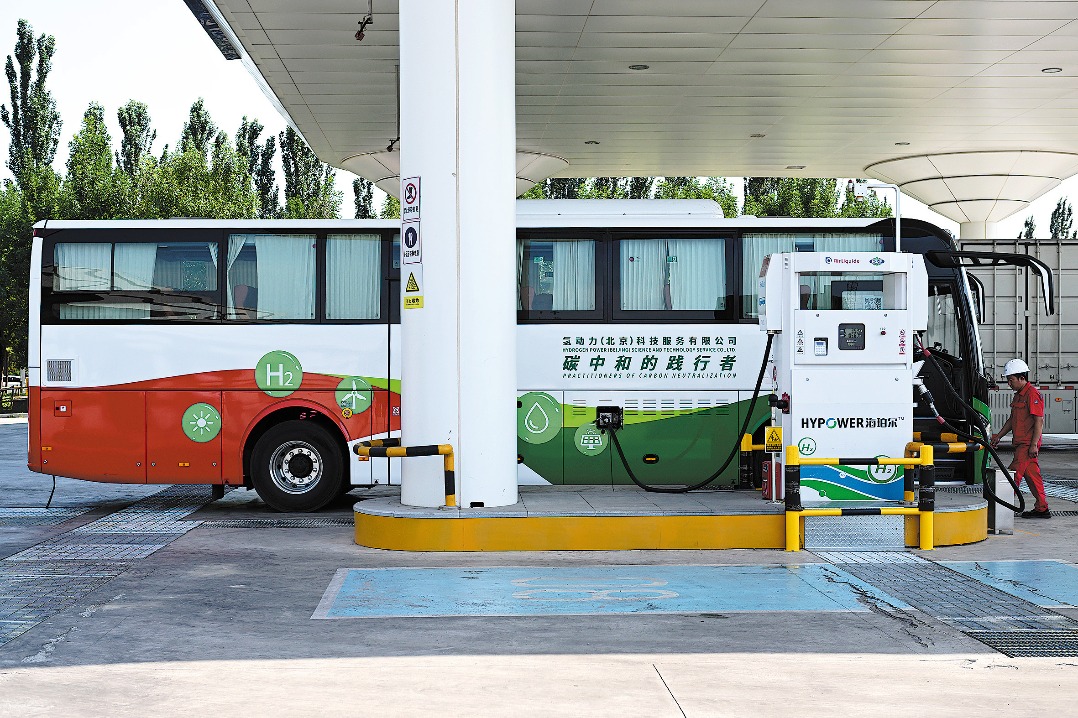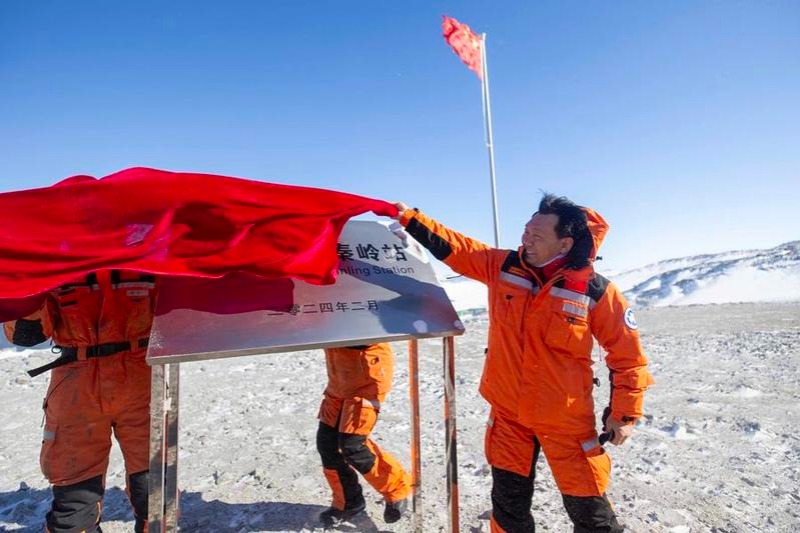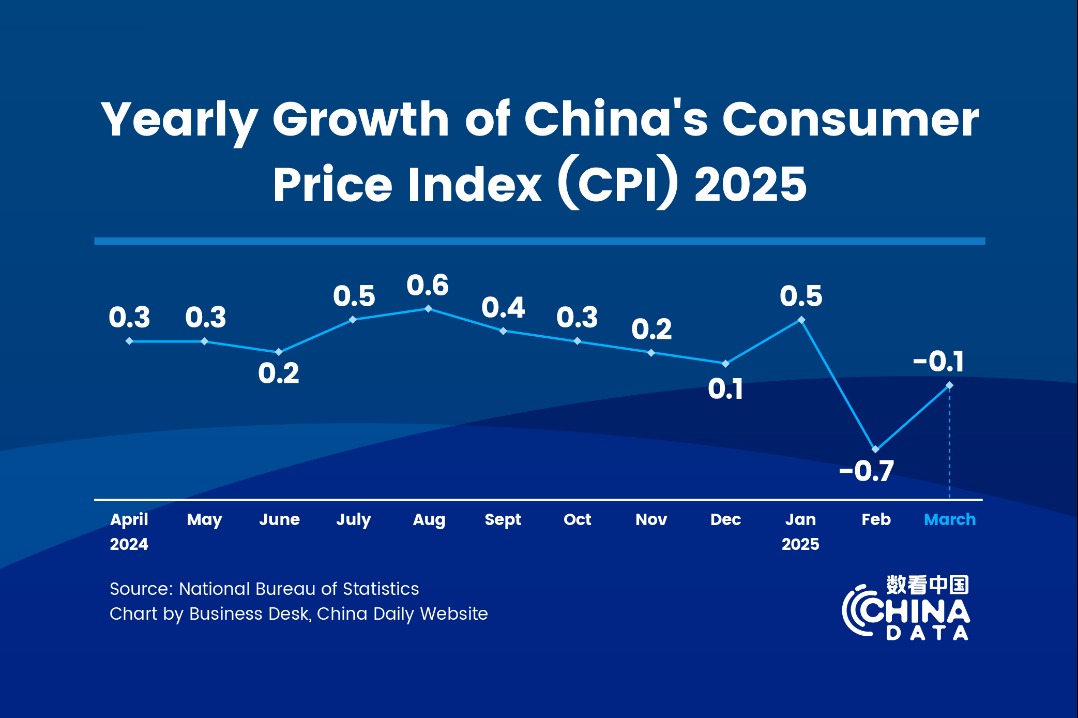From follower to leader: China emerges at high-tech frontier

BEIJING - China's transition from a country that follows the world's technological trends to one that sets them, is no longer a blueprint -- it's a reality.
After years focusing on innovation, China caught up fast. From artificial intelligence and genetic engineering, to mobile payments and bike-sharing, Chinese firms are pulling ahead of their rivals.
Jeremy Rifkin, an economic observer and author of the New York Times bestseller "The Third Industrial Revolution," said China was becoming a global leader in the new revolutionary tide.
RISING INNOVATION
Silicon Valley has long been considered the most viable option for starting a business in the tech sector. Now, this is beginning to change. Known as "sea turtles," a growing number of overseas-educated Chinese are returning to their home country, turning down opportunities in Silicon Valley to make a splash in China's emerging tech sector.
As the number of Chinese students at overseas universities surged to 544,500 in 2016, the number of sea turtles also surged, with 432,500 returning to China last year, nearly 60 percent more than 2012, according to the Ministry of Education.
The reverse brain drain has benefited China's tech companies, such as Royole, a company founded in 2012 by "sea turtle" Liu Zihong, a Stanford graduate.
After working at IBM in New York for three years, Liu moved to Shenzhen and decided to start his own business. The 34-year-old CEO said the early days were hard, but "thanks to the government's preferential policies, we could focus on research and development in the early stage and grow fast."
Two years after its founding, Royole rolled-out one of its core products -- the world's thinnest bendable screens that if used on an iPad, would allow it to be folded into the size of an iPhone.
The company has filed more than 1,500 patents, and its products have been sold to more than 20 countries and regions.
Valued at over three billion U.S. dollars, Royole has become one of the world's fastest-growing tech "unicorns," new tech companies valued at over one billion dollars.
Besides fueling emerging industries, innovation is also transforming traditional sectors, which are under double pressure from developed nations' re-industrialization strategies and the mushrooming of lower-cost manufacturers in emerging economies.
"To remain competitive, we have to stick to innovation," said Zou Lei, chairman of Dongfang Electric Corporation, a state-owned company that manufactures power generators.
Data from the World Intellectual Property Organization (WIPO) showed last week that China dominated top economies in patent applications in 2016, with the number surpassing the combined applications of the United States, Japan, the Republic of Korea and Europe.
"China is increasingly amongst the leaders in global innovation and branding," WIPO Director General Francis Gurry said.
VIBRANT ECO-SYSTEM FOR INNOVATION
Driven by both global ambition and domestic needs for new sources of growth, China has been trying to make itself a country of innovators and emerge at the world's high-tech forefront.
At the 19th National Congress of the Communist Party of China, which charts the course for the country's future development, innovation has been labeled as the primary driving force behind development.
China has worked to create an eco-system for innovation, including talent, investment, policy support and market environment, that fuels a cycle of innovative activity.
"As the world's most populous nation, China has the demographic dividend for technological innovation," said Zhu Yanmei, chief human officer of the Shenzhen-based BGI, China's top gene-sequencing provider. "We can easily arrange an R&D team of more than 1,000 members in China, but it is not an easy task in other countries."
To raise the quality and quantity of its college graduates, China lifted the college enrollment ratio from less than 10 percent in the 1990s to 42.7 percent last year. This, together with measures to attract "sea turtles" and overseas talent, ensures innovative and entrepreneurial talent for the country's high-tech sectors.
Increasing R&D expenditure -- the total is second only to the United States, and government support, including financial services, subsidies and easier market access, are also advantages for China's innovators.
Riding a wave of government support, tech start-ups like Royole have mushroomed in China. The boom has attracted an influx of global venture capital, making China the world's second-largest private equity investment market.
Analysts say that China's improving infrastructure, including the world's largest high-speed rail network and a massive broadband network, has enhanced logistics and fostered innovation.





































